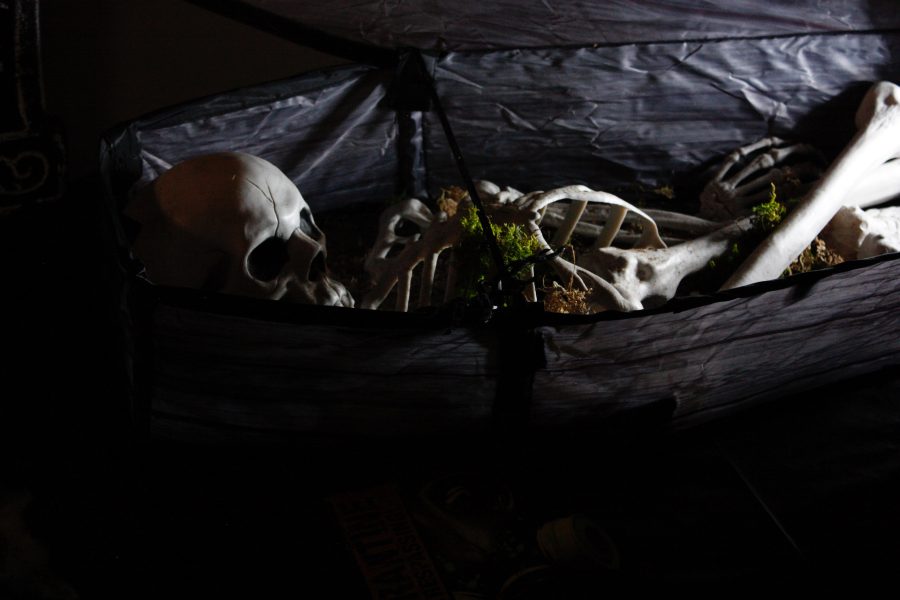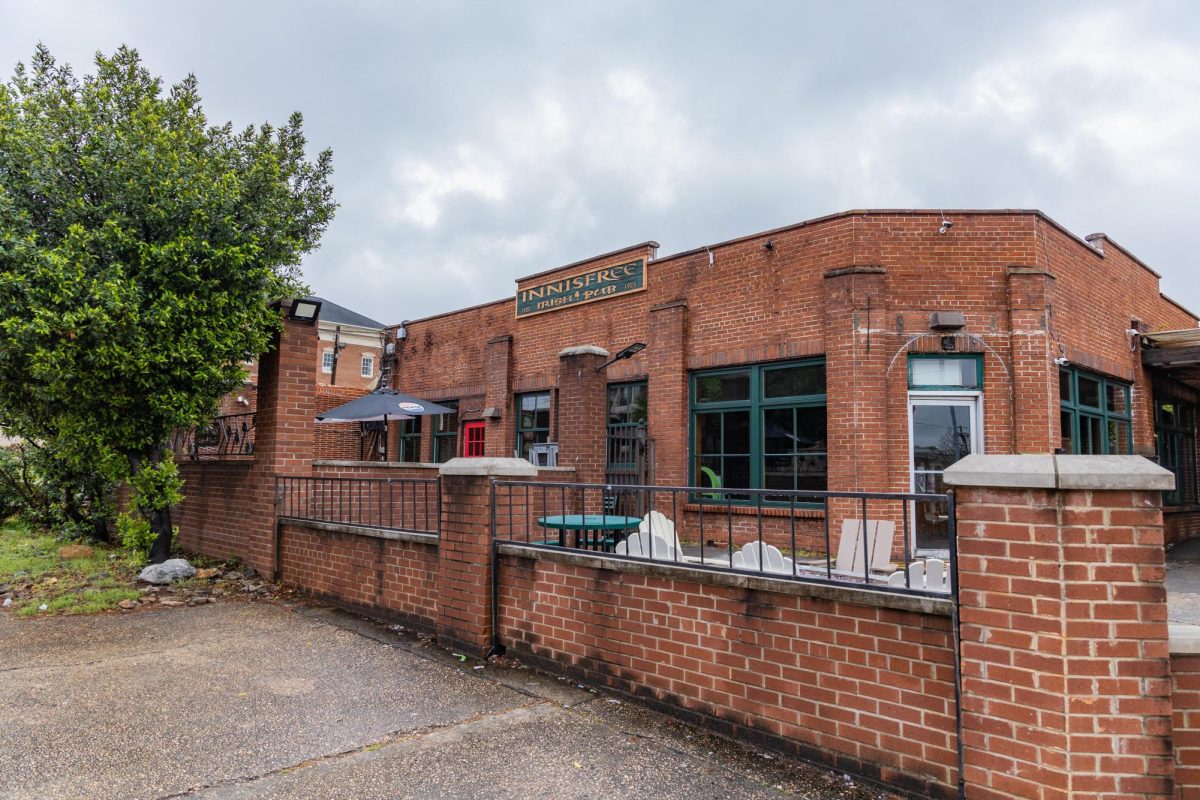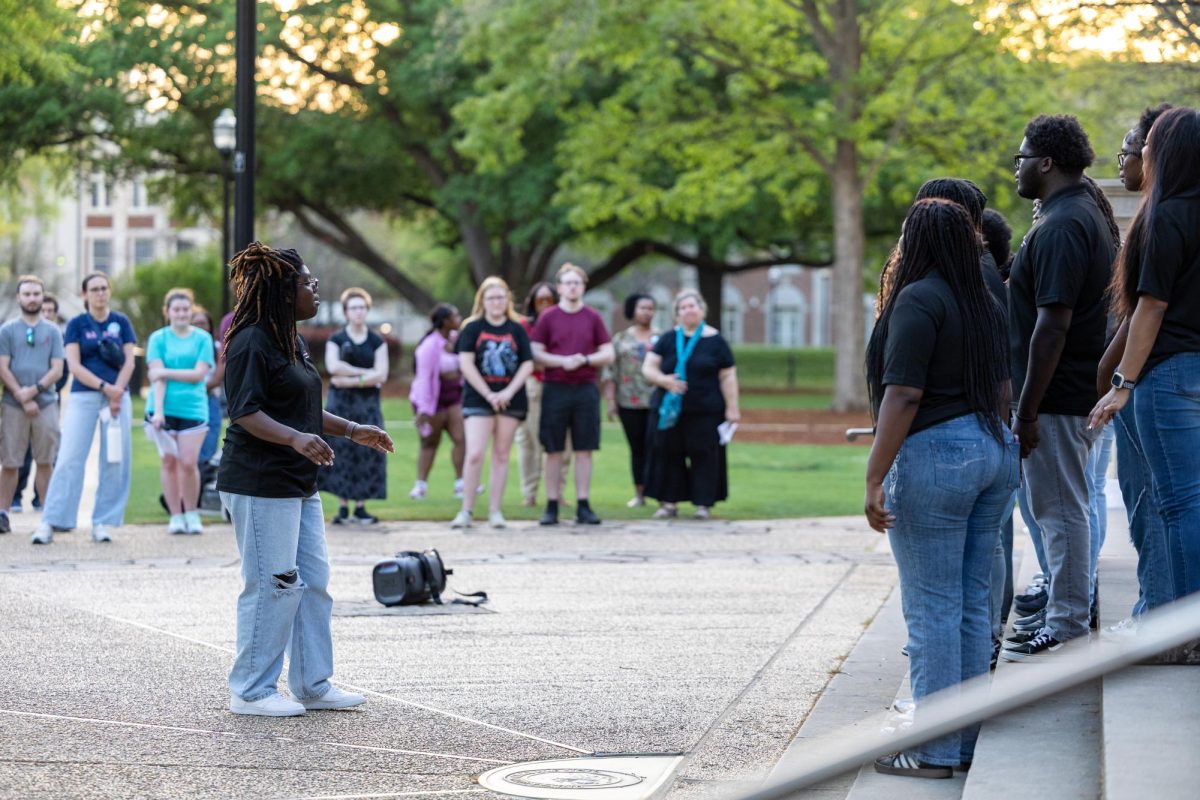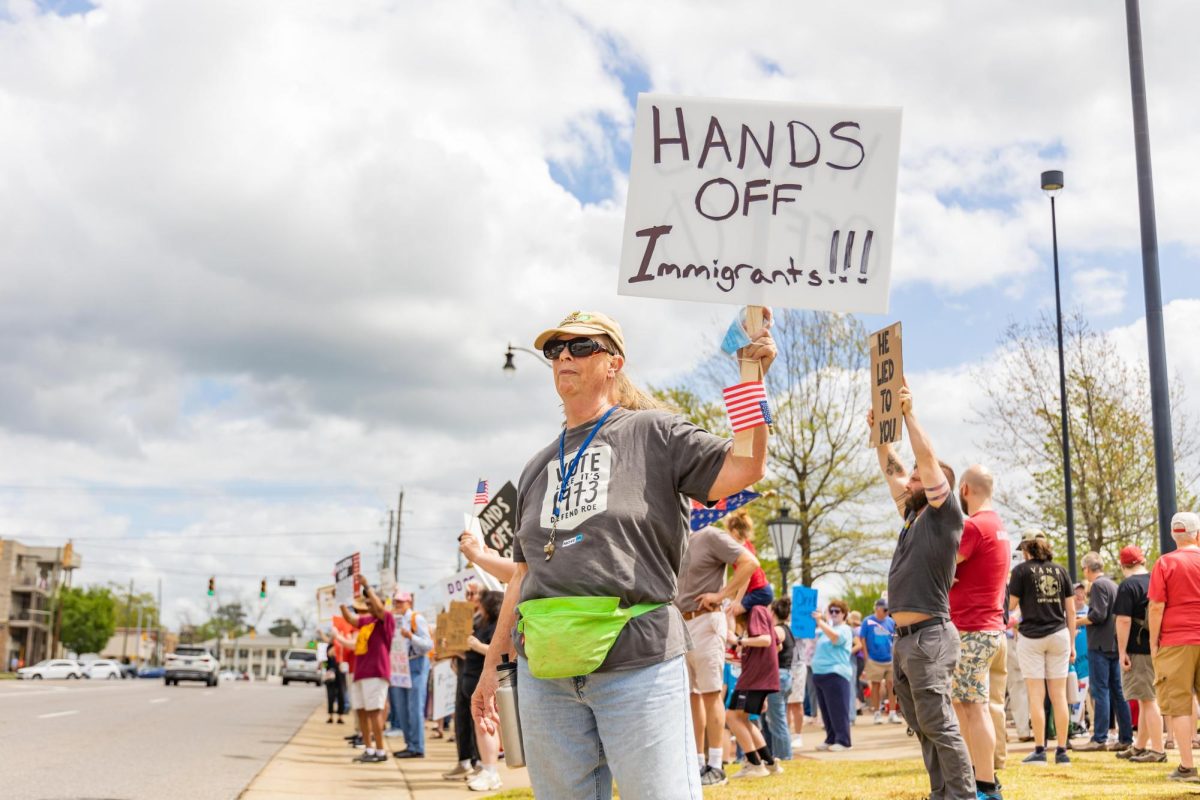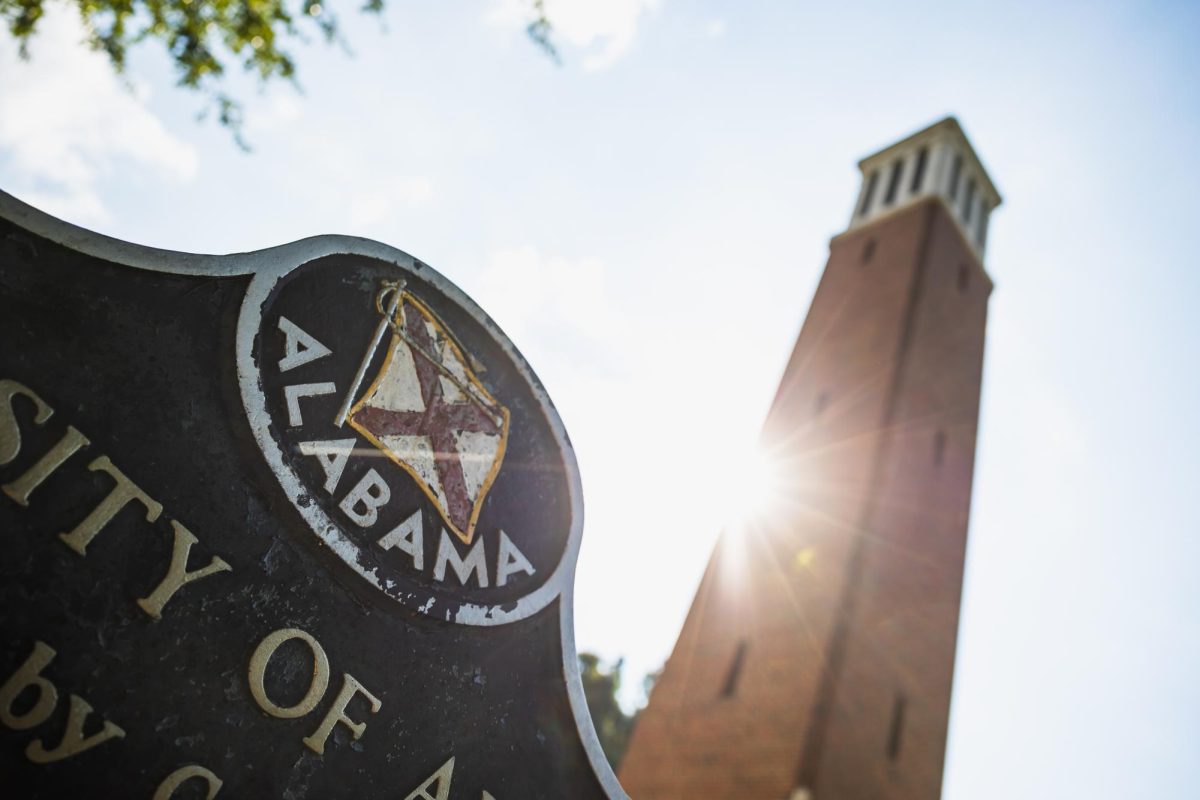Tonight, thousands of trick-or-treaters across the country will go from door-to-door in their neighborhoods searching for the Halloween holy grail: good candy. But candy is a large part of the Halloween economy for both the buyers and sellers.
According to the National Confectioners Association, a group dedicated to the research, public relations and analyses of all things candy-related, 76 percent of Americans plan on buying candy to hand out to trick-or-treaters this year. In 2013, Forbes wrote that Halloween candy sales that year totaled over $2.08 billion.
Even with the large profits of Halloween candy, not all of it sells during the season, and stores are often left with remaining inventory. Andrew Morton, shift supervisor at the Tuscaloosa CVS Pharmacy on Veterans Memorial Parkway, said anything not sold by the day of Halloween will be on sale by the very next day.
“The candy goes on clearance the next day at 50 percent,” Morton said. “Then, the next week it will be up to 70 [percent], then 90 [percent] for the remaining weeks.”
He said putting the candy on sale usually gets the remaining candy off of the shelves with no leftover stock.
But stores like CVS do not just sell Halloween candy; they also sell costumes and decorations.
Morton said the CVS he works for had so many pieces of UA merchandise, that there was no room for Halloween decorations. His store is the exception though, as there are several other stores in town that make room for decorations.
The decorations will go on sale for a while as well, but they do not typically sell as well as the candy.
“Generally if the decorations don’t get sold, they’ll go back to the factory,” Morton said.
From the factory, decorations may be resold or re-purposed for different costumes the next year. In “undead” fashion, decorations that are re-purposed will have their materials live on in other products, despite their shelf lives ending.



